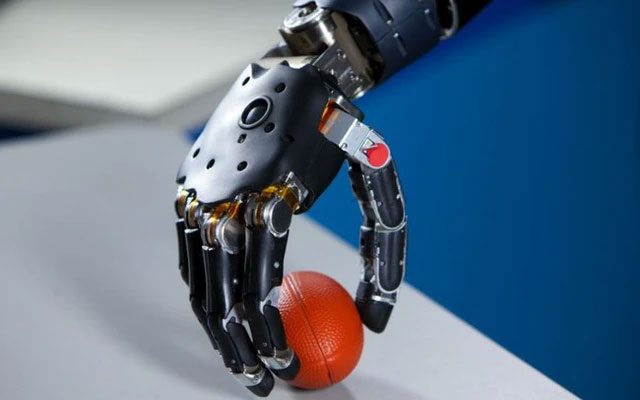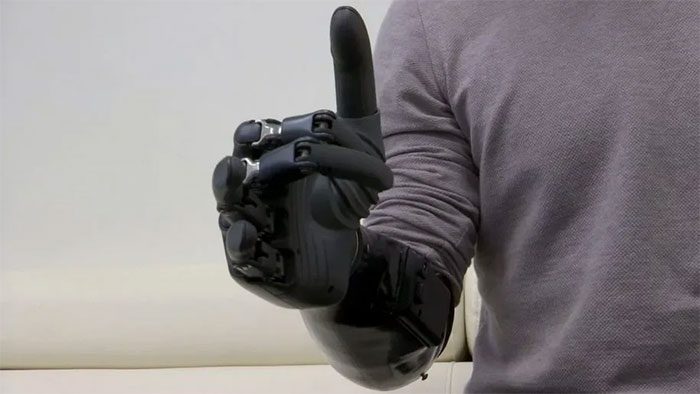A Chinese startup has developed an intelligent bio-robotic hand that can help people with disabilities feel and grasp objects.
Individuals with limb disabilities often face challenges in their daily lives, especially when they do not have family members available to assist them. A pioneering Chinese startup specializing in Brain-Computer Interface (BCI) technology has created an intelligent bio-robotic hand that enables people with disabilities to feel and grasp. As a result, the lives of these individuals have become significantly easier.
Gu Yue lost his left hand while working in agriculture in 2018, just two months after graduating from university.
“After the accident, I stayed at home for a year, afraid I wouldn’t find a job or be able to marry because of my physical disability. I had no idea what the future held, and I feared loneliness or living a meaningless life for the rest of my days. That was my only thought at that time,” Gu Yue shared.

The intelligent bio-robotic hand can help individuals with disabilities feel and grasp.
Many individuals with limb disabilities, like Gu, report experiencing phantom limb sensations—a phenomenon where they can perceive the presence of fingers, hands, or limbs that they have lost as if they are still there. Based on this, scientists have developed a bio-robotic hand equipped with sensors to simulate the sensations of touch and grasping for individuals with disabilities.
Gu recalls his confusion when he first learned about intelligent bio-robotic hand technology and brain-computer interfaces: “The technology engineers asked me if I knew about brain-computer interfaces. I said no. Then he asked me if I had seen the movie ‘The Matrix.’ I asked him what that was and if I needed to plug something in like in the movie. He said no, and their device was non-invasive.”
Han Bichen, the founder of Zhejiang BrainCo Technology, stated: “Non-invasive, as the name suggests, this technology does not involve surgical procedures like craniotomy. It requires breakthroughs in sensors and algorithms to capture very weak signals from the surface of the scalp or human skin.”

The brain-computer interface is a direct communication pathway between the brain and external devices. It has two main types: invasive and non-invasive.
- The invasive type is directly connected to the patient’s brain tissue and is implanted surgically.
- The non-invasive type, like this bio-robotic arm, simply requires wearing a device with electrical sensors.
With the intelligent bio-robotic hand, Gu can now effortlessly cook, such as frying eggs and washing pans, as well as grab a bottle of water and check out at the convenience store just like anyone else.
“People don’t pay attention to my hand. Because for them, there isn’t much difference between me and others,” Gu Yue shared.
The science of brain function and brain-like intelligence is one of the advanced technologies included in China’s 14th Five-Year Plan for the period 2021-2025, where for the first time, seven advanced technologies, including brain-computer interfaces, have been prioritized for development.


















































